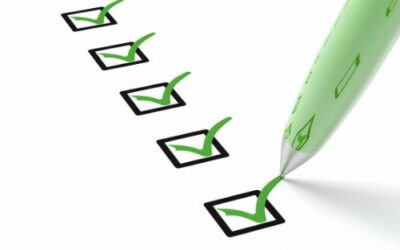
This article not only explains how to create a register it also shows the best practices for creating one.
What is a Fixed Asset Register?

The Best Practices For Creating A Fixed Asset Register
These details include each asset’s: Name, model number, serial number, insurance and warranty details, user instructions, date of purchase, price at purchase, current estimated value, estimated resale price, maintenance schedule, etc.
As soon as you have gathered all the above details together they can be logged into itemit’s menu.
Tagging Your Assets
As soon as you have assigned a QR code, for example, to an asset, you can enter the details into the system. This ensures that the next time you scan the QR tag the details of the asset will appear.
Monitoring Your Assets
One of the benefits of monitoring your assets is that you’ll receive a notification when an asset needs to undergo maintenance. This is assuming that you have set up a maintenance reminder. When a reminder is received, you can choose to act on the reminder or set a reminder for another day.
Receiving a notification about the maintenance of an asset can help to keep it in good condition. As a result, the asset is less likely to break down or need replacing in the near future. As long as the asset receives its annual/bi-annual maintenance the asset should remain in good condition.
Ensuring the maintenance team receives maintenance alerts/reminders is essential. Therefore, giving someone from the team access to itemit’s menus can help. When an asset is in need of annual maintenance or repair, the team can receive an alert. This ensures that they always know when an asset needs to be inspected or repaired. As a result, less money could be spent replacing damaged assets.
Locating Your Assets
Some fixed assets stay in the same location day after day. This means that they may not necessarily need to be located. However, some assets can be moved from time to time. Knowing where the assets are at all times can reduce the amount of time that’s spent looking for them.
Even if some assets never move from their current location it can still be helpful if they’re tracked. If a lot of people use the assets and/or the assets are located in a huge warehouse/factory, for example, being able to track them can prove to be helpful. The assets can be easier to find which means tasks can potentially be completed quicker.
Leaving Notes
Use itemit’s Fixed Asset Register
Ask our friendly, expert team today how itemit can help you to track your assets. You can reach them at: team@itemit.com. Alternatively, you may wish to start making the most of our asset register solution today. Simply fill in the form below to get started.

Try itemit
Choose a better way to track
your assets.
Start your free 14-day trial now!

Keep Learning
itemit Blog
Tips, guides, industry best practices, and news.
Why Having An Accurate Asset Register Is Important
Why is having an accurate asset register so important and how can it help with equipment tracking? Read this post now to find out!
What To Include In Your Fixed Asset Register
What should you include in your fixed asset register and how can you make it work for you? Read this post now to find out!
What Exactly Is An Asset register?
What exactly is an asset register and will your chosen asset register format offer you everything you need? Read this post to find out!



